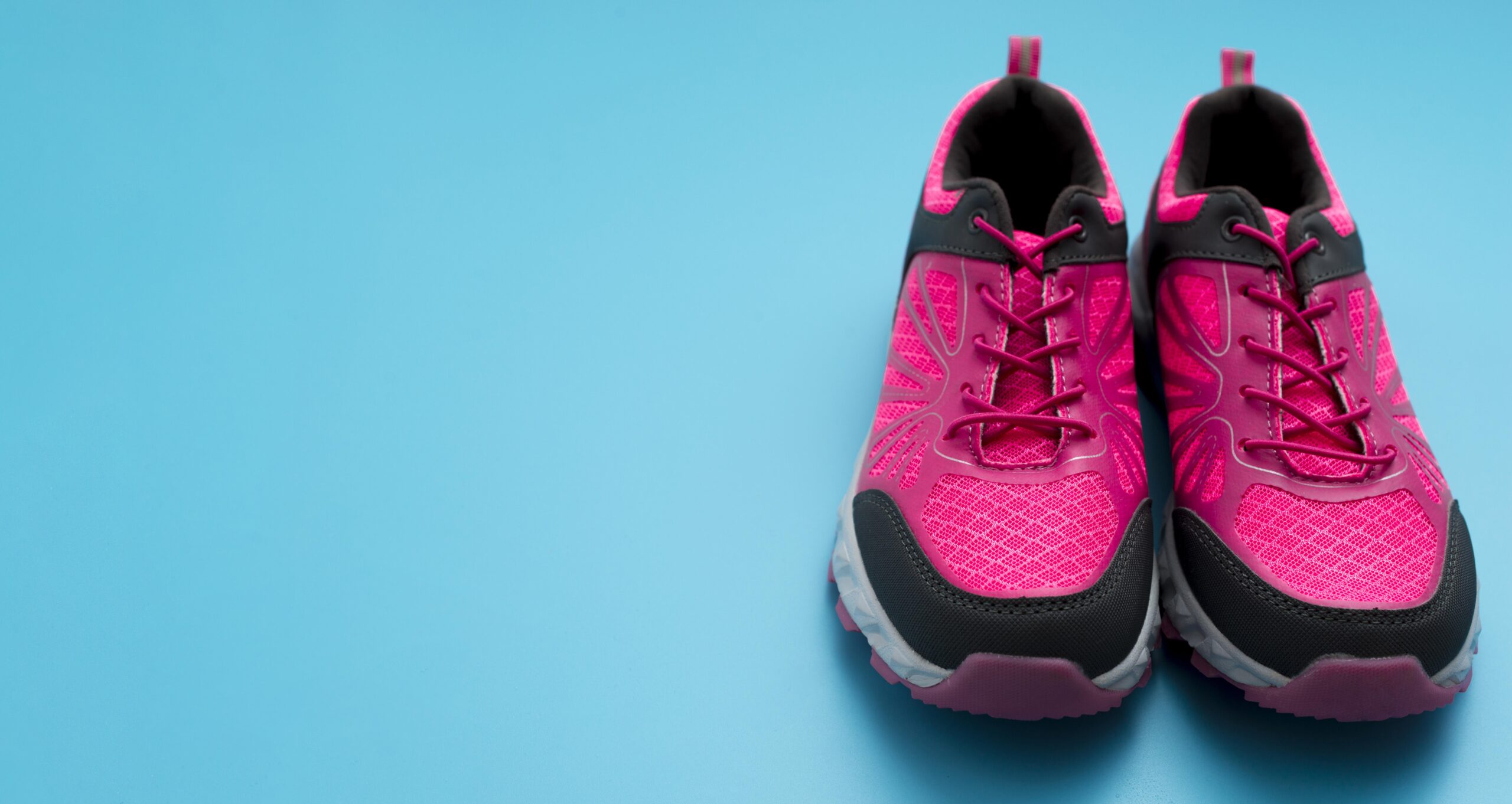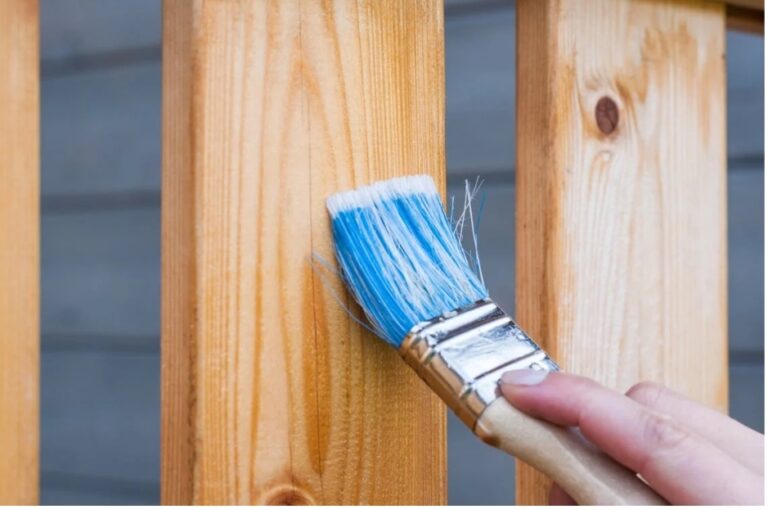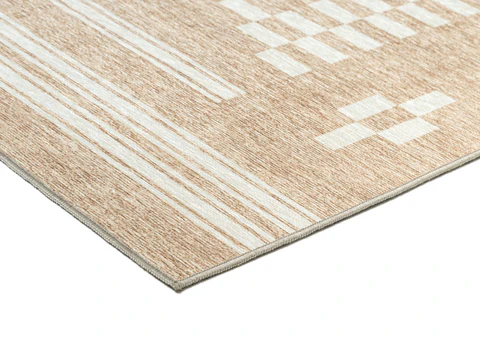The Role of Comfortable Footwear in Enhancing Everyday Life
Key Takeaways
- Comfortable sneakers can have a positive impact on both physical and mental well-being.
- Quality footwear is essential for preventing health issues related to the feet.
- Trends in women’s footwear highlight a growing emphasis on both comfort and style.
- Various materials and technologies are pivotal in designing ergonomic shoes.
The Significance of Comfortable Footwear
The shoes you choose to wear play a significant role in your daily life, offering much more than just style or a finishing touch to your outfit. Footwear is fundamental in protecting your feet, providing necessary support, and enhancing your daily experiences. In recent days, the market for women’s tennis shoes has seen unparalleled growth, with a strong emphasis on both comfort and function. More than ever, it’s important to consider how footwear can impact your well-being. According to health experts, investing in supportive shoes can prevent numerous foot ailments while improving your overall comfort and lifestyle. Ill-fitting shoes are often the root cause of foot problems, leading to issues such as bunions, calluses, or even chronic pain. By choosing sneakers that prioritize comfort, you equip yourself with a foundation for a healthier lifestyle.
Busting Myths: Comfort vs. Style
The myth that style and comfort cannot coexist in footwear is slowly being debunked. Fashion-forward individuals have long faced the challenge of finding shoes that appeal to their sense of style without compromising on comfort. However, modern trends suggest that it’s entirely feasible to have sneakers that are both fashionable and user-friendly. This shift is reflective of a broader change in the fashion industry where the focus has moved toward wearable art—pieces that make a statement without subjecting the wearer to discomfort. Brands increasingly focus on shoes that maintain aesthetic appeal while promoting foot health. This development marks a significant shift in the fashion industry, where functionality meets flair. By breaking away from this outdated dichotomy, we see a world where style and sensibility work hand in hand, forging new pathways in the realm of personal fashion.
Technological Advancements in Footwear
Technology has been a game-changer in designing footwear that prioritizes comfort. Innovative materials like memory foam and breathable fabrics enhance the user experience by providing optimal support and flexibility. Modern shoes often incorporate features such as gel inserts, shock-absorbing soles, and ergonomic designs tailored to accommodate natural foot movement. Such advancements have improved the comfort levels of sneakers and helped extend their lifespan, making them a smart long-term investment. By utilizing these advancements, footwear manufacturers can create shoes that adapt to an individual’s foot shape and walking pattern, significantly reducing discomfort and supporting foot health over the long term. This kind of bespoke foot support is integral for those who spend long hours on their feet daily, from nurses and teachers to retail workers and fitness enthusiasts.
Trends in Women’s Footwear
The focus on versatile sneaker designs that balance fashion and comfort is not a mere trend but a growing necessity. The evolution in sneaker style for women reflects broader societal changes, where the lines between different spheres of life—work, leisure, exercise—are becoming increasingly blurred. As our lifestyles become busier, the demand for footwear seamlessly transitioning from casual to professional settings is rising. Women’s sneakers now often feature designs that can be easily paired with casual outfits or business attire, blending well with various facets of daily life. Many of these designs also incorporate elements that address specific foot care considerations, such as arch support and breathable materials, making them suitable for a wide range of activities and conditions. Such shoes not only fulfill a stylistic function but also cater to the practical demands of modern life.
Choosing the Right Pair for You
When it comes to selecting the perfect pair, several factors can guide your decision:
- Identify the primary use: Are these sneakers for daily wear, sports activities, or casual outings? Each purpose comes with different requirements, so understanding your primary need will help narrow your choices.
- Understanding your foot type can make a significant difference; some shoes are designed for specific needs, such as wide feet, flat feet, or high arches. Knowing your foot shape helps you pick shoes that provide the best comfort and fit.
- Ensure adequate arch support and cushioning to benefit foot health in the long term. A good pair of shoes should absorb the impact of your step, reducing stress on your joints and muscles.
Ultimately, the goal is to select shoes that meet your individual needs while enhancing comfort and style. Consider trying on several pairs and walking around to see how they feel during different movements before making a decision.
Health Benefits: Beyond Comfort
Quality sneakers do more than alleviate foot pain. They contribute to overall physical health. Proper footwear can reduce knee and back strain, enhance posture, and even decrease fatigue, allowing you to tackle more of life’s tasks with energy and ease. According to health resources like the Mayo Clinic, supportive shoes are essential for comfort and overall well-being. The relationship between shoes and posture is particularly significant. By ensuring the feet are correctly aligned, the rest of the body’s musculature can maintain its natural balance, preventing compensatory pain or injuries in the knees, hips, and back.
Environmental Considerations in Footwear
As environmental consciousness becomes increasingly significant, sustainability in footwear design is gaining momentum. Eco-friendly sneakers often incorporate recycled materials such as plastic bottles, rubber, and textile waste, supporting efforts to minimize environmental impact. Eco-conscientious brands focus on reducing carbon footprints, using materials that require less energy and water, and implementing sustainable practices in their production chains. This approach benefits the planet and caters to the growing consumer demand for sustainable products, aiding in reducing the footwear industry’s carbon footprint. As customers consider the ethical and environmental implications of their purchases, these efforts meet a crucial demand for accountability and transparency in production. More than just a trend, sustainability in footwear represents a commitment to a healthier planet.
Keep an eye for more news & updates on Next Forbes!






